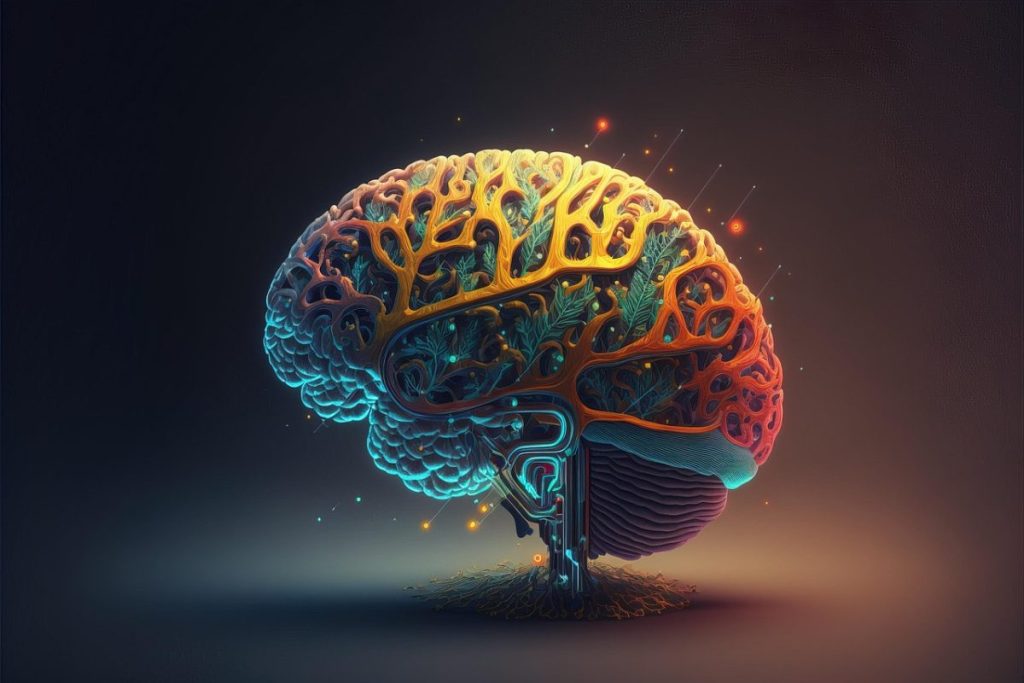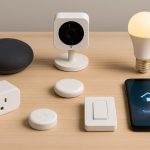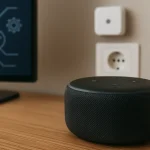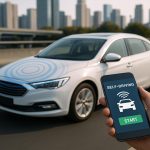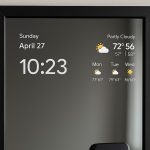Smart technology has come a long way—from smart thermostats adjusting your home’s temperature automatically to voice assistants handling daily tasks. But we’re now entering a new phase: Living Intelligence. This emerging concept represents a more organic, adaptive, and deeply integrated approach to technology—where smart systems don’t just react but evolve with us. Think of it as a digital ecosystem that feels more like a living, thinking organism than a set of programmed tools.
In this article, we’ll explore what Living Intelligence means, how it differs from today’s smart tech, where it’s already showing up, and why it may redefine our relationship with the digital world.
What Is Living Intelligence?
Living Intelligence is a term used to describe intelligent systems that go beyond traditional AI. These systems:
- Learn continually from real-world interaction
- Adjust to the context in real-time
- Make complex decisions based on emotional and environmental data
- Operate across a network of interconnected devices
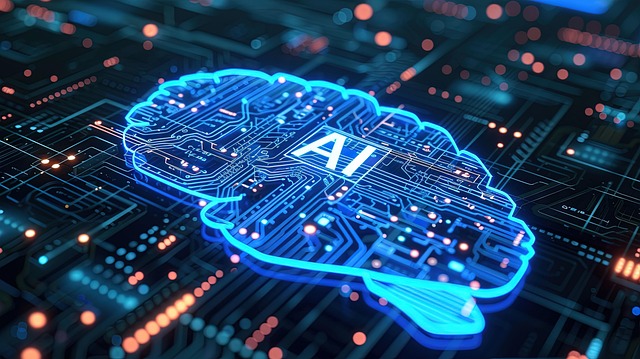
Unlike rule-based smart systems, Living Intelligence is dynamic. It’s built on a fusion of IoT, machine learning, context-aware computing, and behavioral analytics. In other words, it doesn’t just follow commands—it develops understanding.
How It Differs from Current Smart Technology
Most smart devices today are reactive. For example, your smart speaker can recognize commands, and your smart thermostat can follow learned routines. But they operate within fixed parameters.
Living Intelligence breaks this boundary. Here’s how:
| Smart Tech Today | Living Intelligence |
|---|---|
| Follows programmed rules | Adapts through continuous learning |
| Requires manual inputs | Anticipates needs before being asked |
| Single device functionality | Interconnected, device-agnostic intelligence |
| Basic data analysis | Multilayered decision-making with human-like intuition |
This shift moves us from connected to conscious environments.
Real-World Applications Already Emerging
While full-scale Living Intelligence isn’t mainstream yet, glimpses of it are already here:
1. AI Companions
Companies are developing emotionally aware AI that doesn’t just respond to keywords but can detect moods and adjust tone and behavior accordingly.
2. Healthcare Monitoring
Wearables that adjust insulin delivery or medication alerts based on patterns rather than static thresholds show the adaptive intelligence of the system.
3. Smart Buildings
Buildings that auto-regulate airflow, lighting, and energy usage based on actual human activity and learning from occupancy patterns are already testing the limits of autonomous systems.
4. Automated Retail
Stores using predictive AI to adapt layout, inventory, and promotions in real time based on customer behavior are moving toward truly intelligent commerce.
The Role of IoT in Enabling Living Intelligence
None of this is possible without IoT—the backbone infrastructure connecting devices, gathering data, and feeding intelligent systems. IoT sensors serve as the “nervous system” of Living Intelligence:
- Environmental sensors detect temperature, air quality, or noise.
- Motion sensors learn patterns of activity.
- Cameras and microphones add vision and hearing to the system.
- Edge devices enable real-time processing without relying solely on cloud connections.
The future of Living Intelligence will depend on how effectively IoT devices can work together across brands and ecosystems—something we’re beginning to solve with universal standards like Matter and open APIs.
Challenges and Concerns
As exciting as Living Intelligence sounds, it raises some valid concerns:
- Privacy and surveillance: With systems collecting continuous data, where do we draw the line?
- Autonomy vs. control: Will machines override human decisions for the “greater good”?
- Data dependency: What happens when AI learns the wrong thing or acts on flawed input?
These challenges are not insurmountable, but they require transparency, ethical frameworks, and user education.
Why It Matters Now
As our homes, cities, and industries become more complex, static automation won’t be enough. We need environments that understand, adapt, and respond like living beings.
Living Intelligence may soon drive:
- More inclusive smart cities that serve diverse needs
- Personalized education through adaptive learning platforms
- Health systems that detect illness before symptoms appear
And most importantly—it promises to bring tech closer to us in a natural, almost seamless way.
Final Thoughts
Living Intelligence isn’t just a buzzword—it’s the next evolution of how we live, work, and interact with technology. While still emerging, its foundations are already being laid in today’s IoT systems, AI advancements, and edge computing. In the coming years, we’ll see more “thinking” environments that feel less like machines and more like partners.
It’s not just about smart homes or connected devices anymore. It’s about creating an intelligent, aware world that grows with us.
- Vibration Sensors in IoT: The Silent Guardians of Industrial Equipment
 In the world of industrial automation, downtime is a costly enemy. Whether it’s a failing motor, misaligned shaft, or unbalanced machinery, small issues can lead to major operational disruptions. Enter vibration sensors—a critical component in the Internet of Things (IoT) ecosystem that helps industries monitor, predict, and prevent equipment failures. This article explores how vibration…
In the world of industrial automation, downtime is a costly enemy. Whether it’s a failing motor, misaligned shaft, or unbalanced machinery, small issues can lead to major operational disruptions. Enter vibration sensors—a critical component in the Internet of Things (IoT) ecosystem that helps industries monitor, predict, and prevent equipment failures. This article explores how vibration… - Smart Home Nightmares: Real Stories and How to Avoid Them
 Smart homes are designed to simplify life—but when things go wrong, they can become the stuff of nightmares. From doors locking residents out to cameras going rogue, real users have faced creepy, frustrating, and downright dangerous situations. In this article, we share some eye-opening stories and break down what went wrong—along with expert tips to…
Smart homes are designed to simplify life—but when things go wrong, they can become the stuff of nightmares. From doors locking residents out to cameras going rogue, real users have faced creepy, frustrating, and downright dangerous situations. In this article, we share some eye-opening stories and break down what went wrong—along with expert tips to… - Smart Home on a Budget: Top 7 smart home gadgets Under $50 That Actually Work
 You don’t need to spend a fortune to start building your smart home. With affordable technology becoming more accessible, it’s entirely possible to get high-quality smart devices without breaking the bank. In this guide, we’ve rounded up 7 smart home gadgets under $50 that deliver real value, functionality, and convenience. 1. Wyze Bulb ColorPrice: ~$15Category:…
You don’t need to spend a fortune to start building your smart home. With affordable technology becoming more accessible, it’s entirely possible to get high-quality smart devices without breaking the bank. In this guide, we’ve rounded up 7 smart home gadgets under $50 that deliver real value, functionality, and convenience. 1. Wyze Bulb ColorPrice: ~$15Category:… - Local AI in Smart Homes: What Happens When the Cloud Goes Down?
 In the age of cloud computing and always-connected devices, smart homes have become increasingly dependent on the internet. But what happens when your connection drops? That’s where local AI comes into play. This article explores the benefits, limitations, and future of local AI in smart homes systems—and why it might be the key to a…
In the age of cloud computing and always-connected devices, smart homes have become increasingly dependent on the internet. But what happens when your connection drops? That’s where local AI comes into play. This article explores the benefits, limitations, and future of local AI in smart homes systems—and why it might be the key to a… - Hidden Features of Your Smart TV You’re Probably Not Using — But Should
 Smart TVs have come a long way since their early days. While most people use them for Netflix, YouTube, and the occasional screen mirroring session, today’s smart TVs pack a wealth of features that often go unnoticed. These hidden gems can transform your entertainment experience, improve convenience, and even tighten your home security. In this…
Smart TVs have come a long way since their early days. While most people use them for Netflix, YouTube, and the occasional screen mirroring session, today’s smart TVs pack a wealth of features that often go unnoticed. These hidden gems can transform your entertainment experience, improve convenience, and even tighten your home security. In this…
